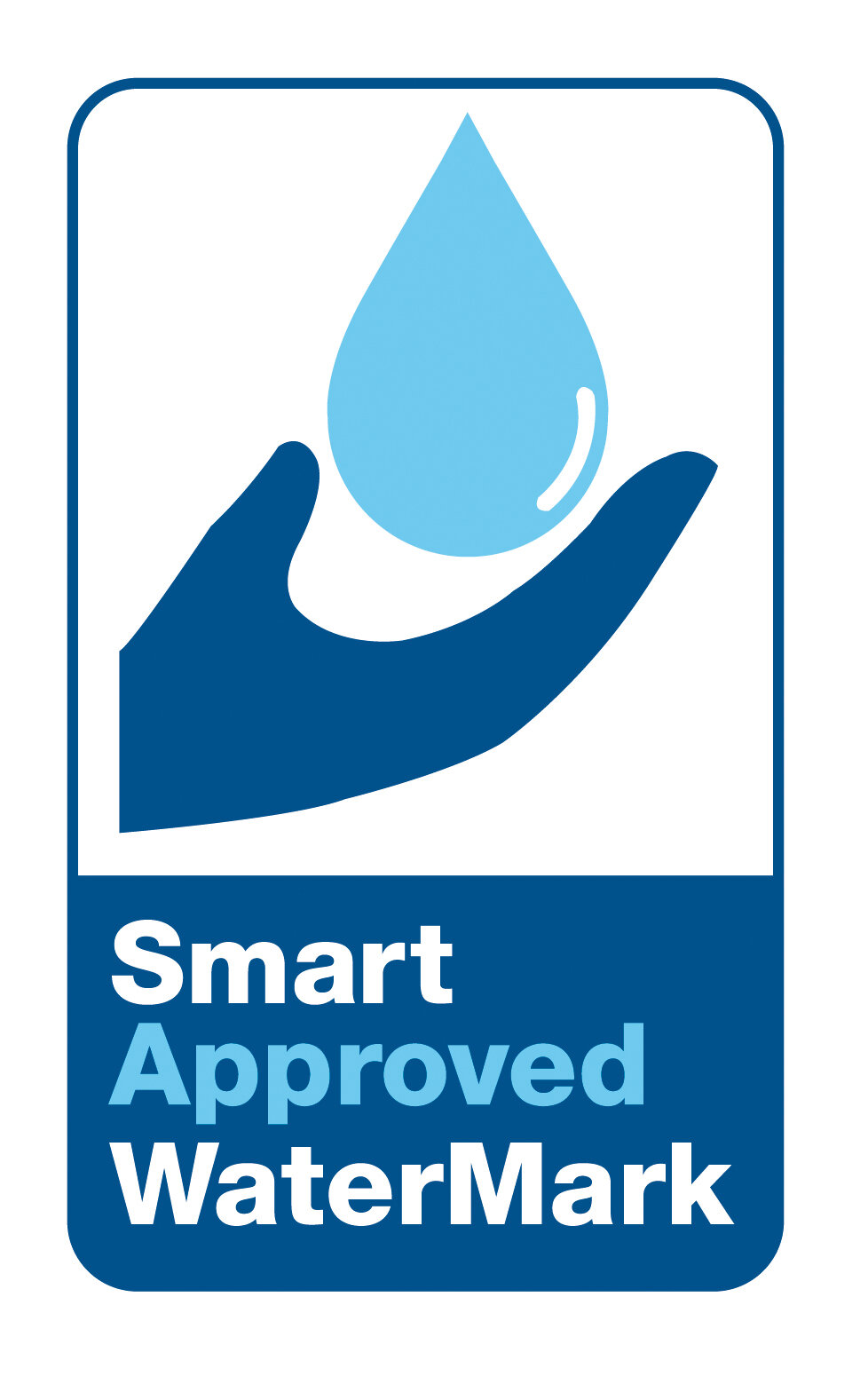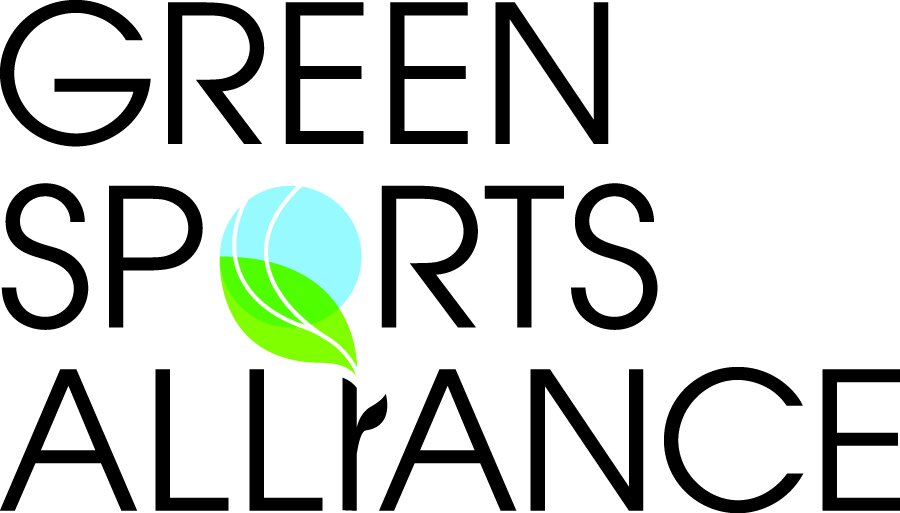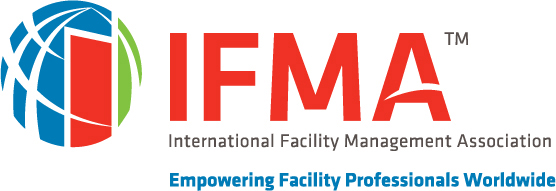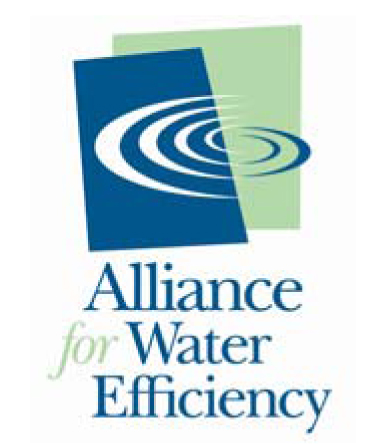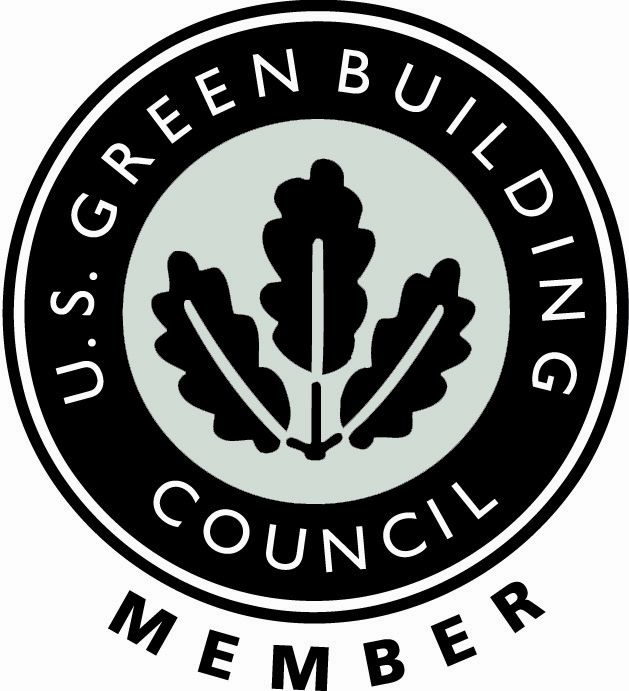Many people may be surprised to learn that the old ways of flushing toilets and urinals are literally being flushed away. In an effort to conserve water, new technologies have been introduced that reduce the amount of water necessary to flush a toilet or urinal while still keeping restrooms sanitary and odor free.
The BIG Odor Problem
About four years ago, the city of San Francisco began requiring what are termed high-efficiency toilets – which usually use even less water than is federally mandated – to be installed in city-owned facilities and large public buildings such as ballparks, where huge volumes of water can be consumed. The program moved along reasonably well until building users started complaining of a “rotten egg” stench, not only in the restrooms, but throughout these facilities.
Finding Value in Water Conservation
Just as with steps to reduce energy and fuel consumption, new technologies in water conservation are helping us tremendously. Today’s restroom fixtures are using far less water than those manufactured twenty or more years ago, and no-water systems, such as waterless urinals, are finding greater acceptance. Further, everything from lightbulbs to cars are now designed to use less energy and fuel.
Looking into the Water Crystal Ball
Having been involved in the business of water for going on thirty years now, it is clear to be there are four significant trends evolving here in the U.S. and in many other industrialized parts of the world as it pertains to water. Some of these trends you may already be aware of or suspect they are evolving, others you may not.
Five Myths About Water Shortages
The Cost of Water: Why It Keeps Going Up
The cost of water keeps going up as most facility managers know. In fact, in many cases, the cost of water is going up very significantly, with even higher costs anticipated in the future. For instance, in Chicago, the cost of water went up an average of 25 percent in 2012, and plans are now being discussed to double rates in 2015.










